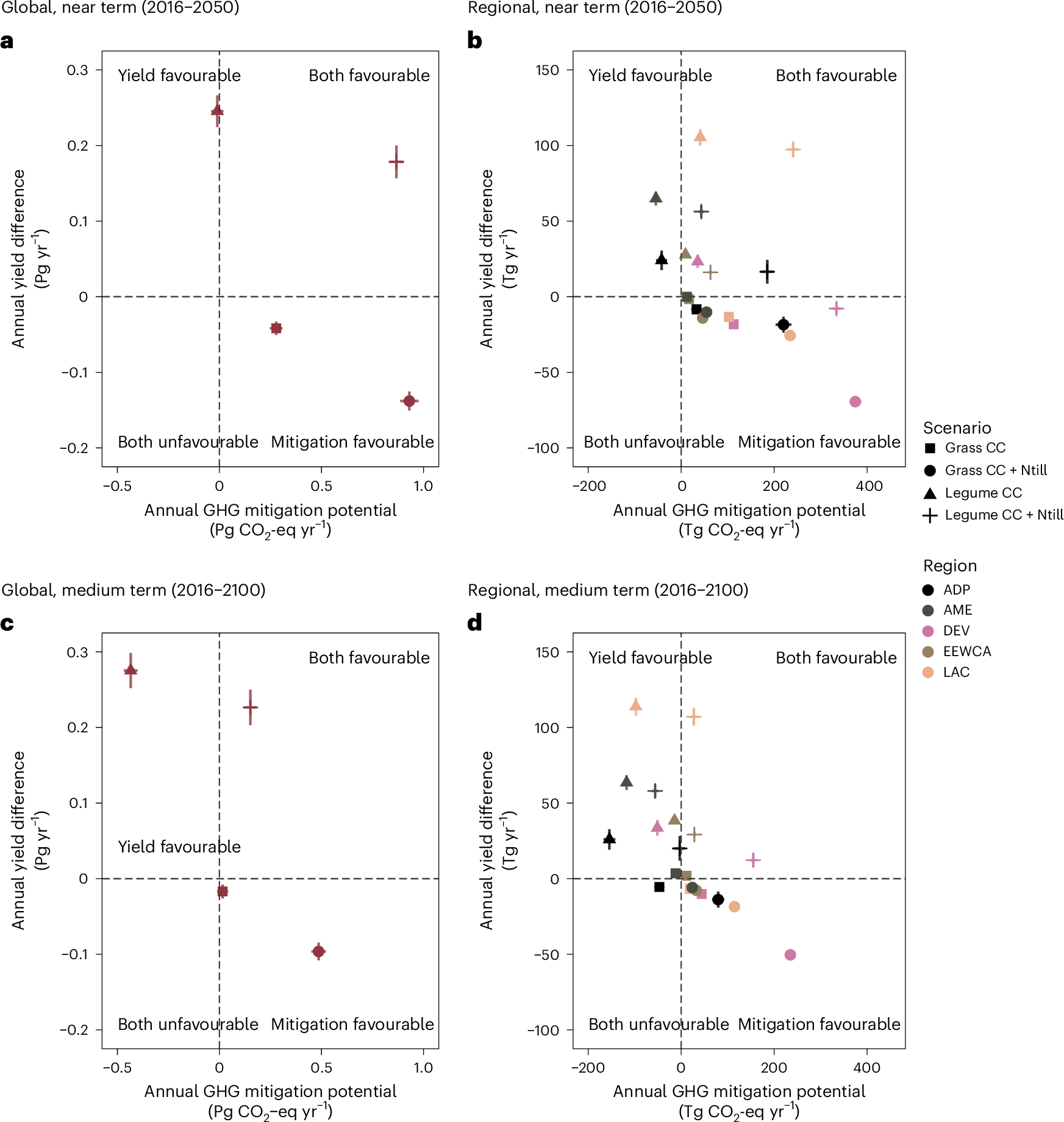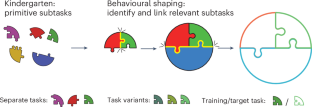2025-05-19 ニューヨーク大学
<関連情報>
- https://www.nyu.edu/about/news-publications/news/2025/may/scientists-identify-ways-to-minimize-tradeoffs-between-crop-yiel.html
- https://www.nature.com/articles/s41558-025-02337-7
農地における気候と生産目標の管理 Managing for climate and production goals on crop-lands
Shelby C. McClelland,Deborah Bossio,Doria R. Gordon,Johannes Lehmann,Matthew N. Hayek,Stephen M. Ogle,Jonathan Sanderman,Stephen A. Wood,Yi Yang & Dominic Woolf
Nature Climate Change Published:19 May 2025
DOI:https://doi.org/10.1038/s41558-025-02337-7

Abstract
The assumption that crop-land natural climate solutions (NCS) have benefits for both climate change mitigation and crop production remains largely untested. Here we model GHG emissions and crop yields from crop-land NCS through the end of the century. We find that favourable (win–win) outcomes were the exception not the norm; grass cover crops with no tillage lead to cumulative global GHG mitigation of 32.6 Pg CO2 equivalent, 95% confidence interval (29.5, 35.7), by 2050 but reduce cumulative crop yields by 4.8 Pg, 95% confidence interval (4.0, 5.7). Legume cover crops with no tillage result in favourable outcomes through 2050 but increase GHG emissions for some regions by 2100. Crop-lands with low soil nitrogen and high clay are more likely to have favourable outcomes. Avoiding crop losses, we find modest GHG mitigation benefits from crop-land NCS, 4.4 Pg CO2 equivalent, 95% confidence interval (4.2, 4.6) by 2050, indicating crop-land soil will constitute a fraction of food system decarbonization.



